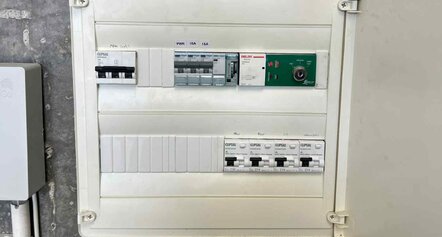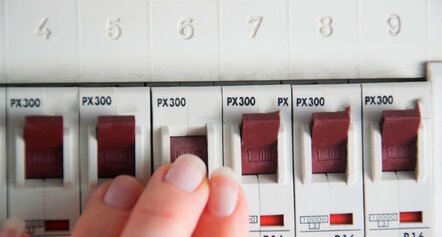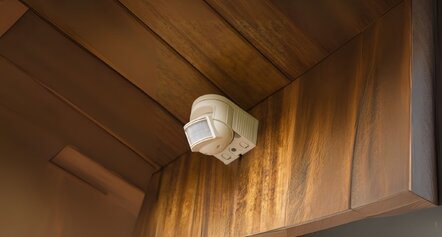Light switches don't last forever. Over time, wear and tear, outdated technology, or underlying electrical issues can turn a seemingly minor switch problem into a serious electrical hazard. Recognising when it's time for a light switch replacement can save you from unnecessary risks, poor lighting performance, or even a fire hazard.
Whether it's a dimmer switch that no longer adjusts properly, a buzzing sound from the wall, or flickering lights, knowing what to look out for is key to staying safe and ensuring your Queensland home functions smoothly.
Common Signs You Need to Replace a Light Switch
Wondering how to tell if a light switch is worn out? Here are the main signs that yourswitch needs replacing:
- Flickering lights even after changing bulbs
- Buzzing sounds or other unusual sounds from the switch
- The switch plate is warm to the touch
- The switch feels loose or doesn't click properly
- Sparks (aka switch sparks) when flipping the switch
- Delayed responses or light delay after toggling
- Intermittent function or failure to turn the light on or off
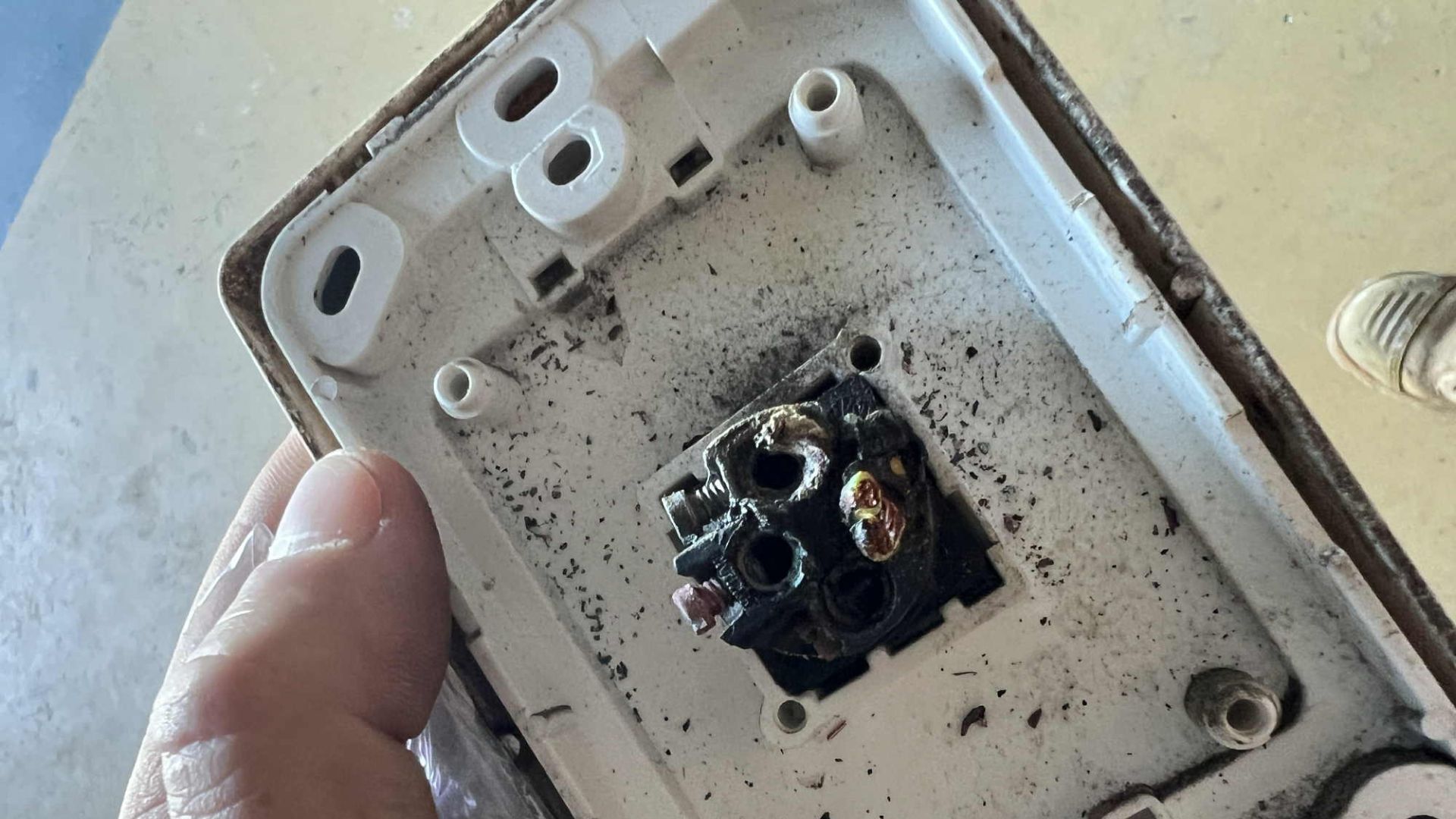
These symptoms usually indicate a faulty light switch or even problems with your electrical wiring. Left unchecked, they can become serious electricand hazards.
How Often Should You Replace Light Switches?
Most light switches last between 15 to 20 years. However, this depends on:
- How often the switch is used
- The quality of the initial light switch installation
- Exposure to dust, moisture, or excessive use
- Whether the circuit has experienced past faults
If you're in an outdated electrical system, replacing your old switches sooner may improve safety and compatibility with smart switches and dimmer technology.
Types of Light Switches and Their Lifespan
Different switch types wear differently. Here's a quick guide:
Standard toggle switches:
These are the classic up-and-down switches found in most older properties. They're simple, reliable, and easy to use.
However, over time, the mechanical parts inside can degrade. This often leads to a weak or unresponsive click, making it difficult to ensure the circuit is properly connected or disconnected. Although generally durable, they eventually wear down due to repeated use.
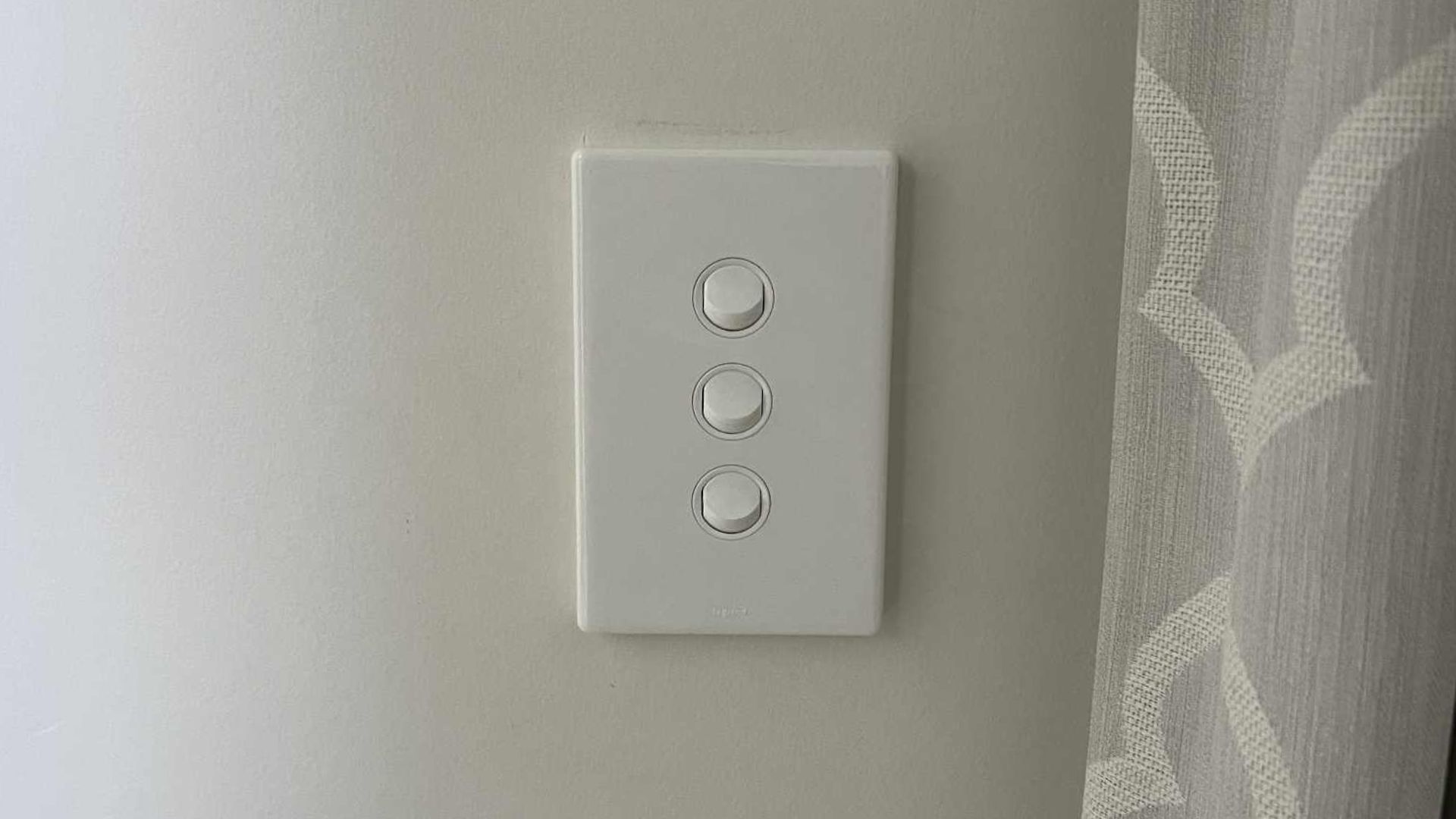
Dimmer switches
Dimmer switches allow users to control the light intensity in a room, but their internal components are more complex than a standard toggle switch. They can fail more frequently, especially when paired with incompatible bulbs or overloaded circuits.
Queensland's humidity and heat can also contribute to faster wear, and incorrect installation can shorten their lifespan even further.
Smart switches
Designed to connect with home automation systems via Wi-Fi or Bluetooth, smart switches offer convenience and modern control features. However, their reliability depends heavily on firmware compatibility, internet connectivity, and the quality of smart home integration.
Over time, software updates or changes to apps may render older models obsolete, requiring a replacement even if the hardware still functions.
Multiple switches
When several switches are installed on a single switch plate, such as in kitchens or hallways, uneven wear is common. One switch may be used frequently while another rarely gets touched. This can cause physical imbalance or damage within the shared electrical box, especially in high-traffic areas. Regular checks help identify worn-out switches before they affect others.
When a Switch Becomes a Fire Hazard
A faulty switch might not seem like a big deal, but over time, poor electrical contacts or worn-out components can create overheating risks. A warm switch cover, sparks, or a burning smell are all signs that a new light switch is urgently needed.
Ignoring these can put your home at risk of fire hazards, particularly if you continue to replace a light bulb without solving the underlying issue.
Don't Ignore This: A Common Mistake
One of the most common oversights is assuming that flickering lights are caused by a bad bulb. Many Queensland homeowners waste time replacing light bulbs when the switch is the real culprit. Ignoring switch issues can result in increased energy bills or, worse, an electrical fire.
Smart Upgrades and What to Consider
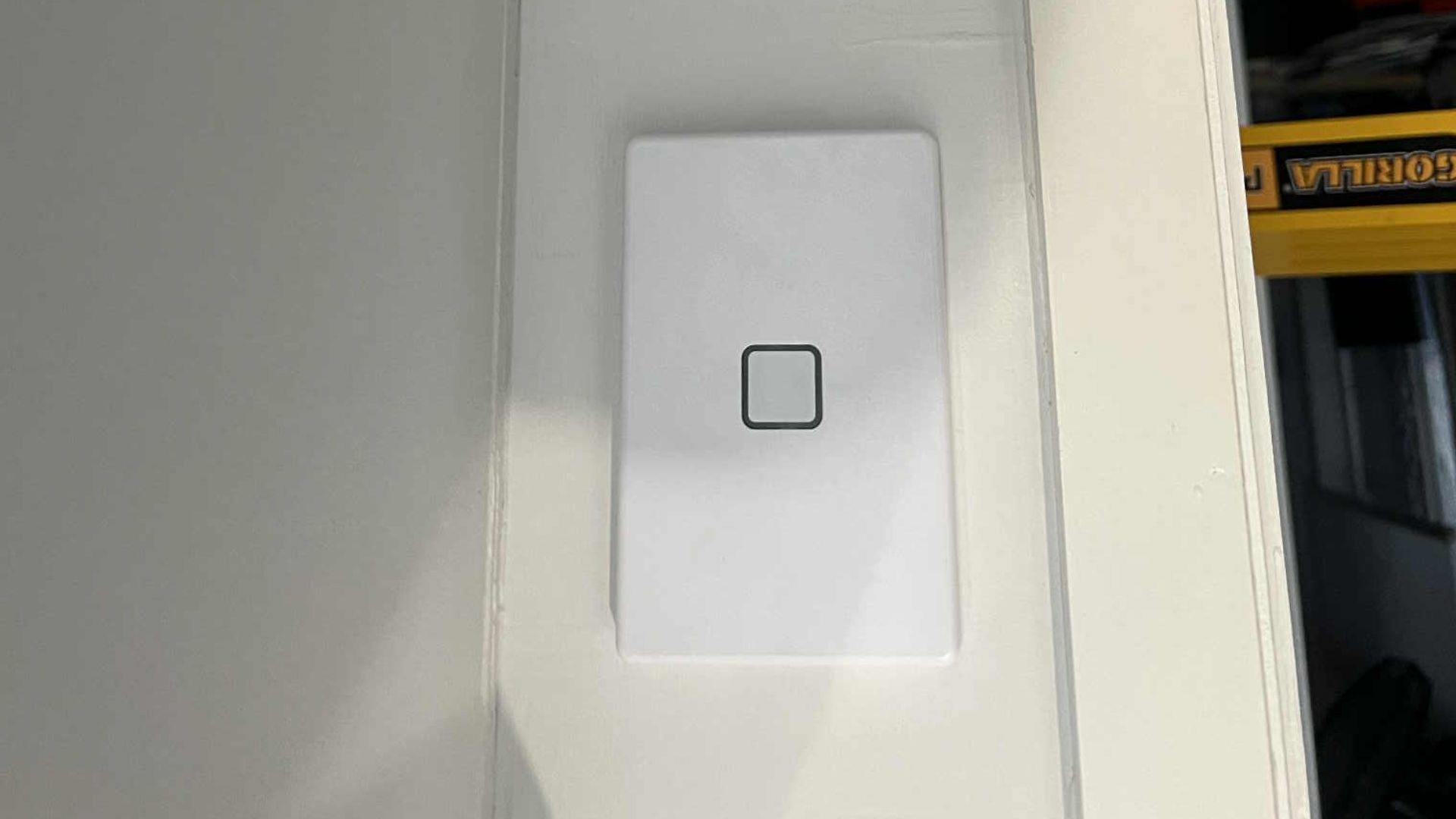
Upgrading to smart switches? These can give you control via smartphone apps, help adjust light intensity, and manage remote control access. But smart switch installations must be handled carefully. Iwhetherdone poorly, they can affect your circuit breaker and create a light delay.
Also, consider if your sys, especially in older properties,tem can handle dimmer settings or needs extra reensland homes simply aren't suited to bulky smart components, especially in older properties.
DIY Electrical Work or Call the Pros?
However, diy electrical work in Queensland is heavily regulated and often illegal without a licence.
For jobs involving modifying carts, installing a wet area, or installing smart switches, you must call a licensed or qualified electrician. It's safer, faster, and ensures compliance with Queensland electrical standards.
Know When Ihange
Your light switches are small but vita when they faill. They power your routines, and when they fail, the effects range from annoying to dangerous. Whether it's an old switch that sticks, or a newer oDon't risk anything if that doesn't dim smoothly, knowing when to replach keeps your home safer.
If you're unsure or notice any signs mentioned above, don't risk it. A licensed electrician can inspect and handle your light switch replacement properly. Don't gamble with your safety when a quick visit from a local electrician in Queensland can fix the problem with minimal fuss.
Ready to upgrade to a new light switch or resolve your existing switch issues? Call our Sunshine Coast electricians at Watt Edge Electrical today!
Questions You Might Be Asking
How do I know if I need to replace a light switch?
Look for buzzing, flickerithat ng lights, a loose or hot switch cover, or inconsistent lighting. These are all strong signs something's off.
How often should you replace light switches?
Typically every 15 to 20 years, but earlier if you notice wear, poor performance, or if you're upgrading to smart switches.
How to tell if a light switch is worn out?
Worn switches feel loose, may not "click," and often result in poor or delayed light response. Sometimes they'll spark or hum.


